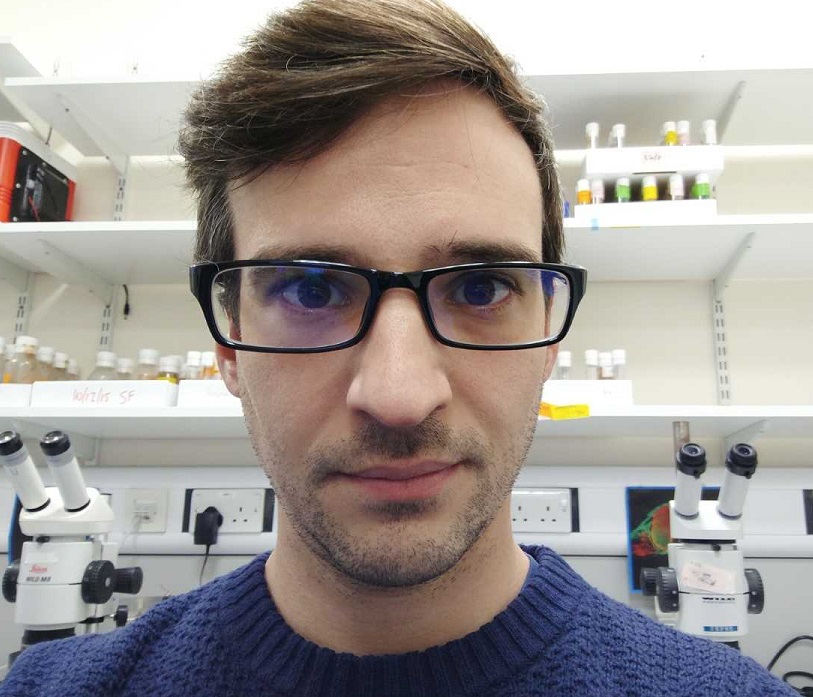When a stem cell divides, each new cell has the potential to remain a stem cell (ie to self-renew) or to transform, or differentiate, into a type of cell with a specialised function, such as a muscle cell, red blood cell or brain cell. The primary role of stem cells is to replenish or maintain the tissues in which they are found. They can remain non-dividing (quiescent) for long periods of time until activated by a need for more cells to maintain tissues or by disease or tissue injury. Other tissues continually turn over their cells, like skin (think of all that dry skin you lose every day), and stem cells are the source of new cells being generated daily.
Stem cells occupy an environment within each tissue called a stem cell niche. We now know that stem cells interact with the cells around them: support cells in the niche send out signals allowing them to remain as stem cells, and each stem cell competes with its neighbours for these signals. The winner stays in contact with the niche, while the loser is pushed out and differentiates, bringing its identity as a stem cell to an end. When stem cells divide, then, they need to be good at competing for space in the niche.
Genetic mutations can endow stem cells with a competitive advantage in this contest – but they produce lesions that can lead to tumours. This suggests that stem cell competition may be the first step in tumour formation. Understanding how this works could ultimately help in the battle against cancer.
Before coming to Bristol, Dr Amoyel was a postdoctoral research fellow at Dr Erika Bach’s laboratory at the New York University School of Medicine, where he used genetics and quantitative clonal methods to study self-renewal and competitive interactions between stem cells in the testes of Drosophila. Through this work he identified new self-renewal factors [1] and established that proliferation rates drive competition between stem cells for space at the niche [2]. He also found that stem cells compete to differentiate and that relative levels of metabolic activity underlie this process [3].
The EBI fellowship was a chance for him to join Bristol’s School of Cellular and Molecular Medicine to work up proposals for external funding to advance this research. In particular, he focused on how factors controlling the rate of proliferation affected the ability of stem cells to remain in the niche.
The preliminary data from his work at Bristol yielded a surprising result. It showed that when stem cell proliferation in fruit flies is impaired, the niche itself loses its quiescence and begins to proliferate and give rise to new stem cells. This shows that stem cells signal back to their niche to maintain the right balance of proliferating cells.
Dr Amoyel is submitting a paper on these findings, in collaboration with Dr Erika Bach’s laboratory at the New York School of Medicine, which is doing complementary research. He has also secured a five-year Career Development Award from the Medical Research Council (MRC).
References:
[1] ‘Hedgehog is required for CySC self-renewal but does not contribute to the GSC niche in the Drosophila testis’, Marc Amoyel, Justina Sanny, Michael Burel, Erika A. Bach,Development 2013 140: 56-65, doi: 10.1242/dev.086413
[2] ‘Neutral competition of stem cells is skewed by proliferative changes downstream of Hh and Hpo’, Marc Amoyel, Benjamin D Simons, Erika A Bach, The EMBO Journal 2014 33, 2295-2313, DOI 10.15252/embj.201387500
[3] ‘Somatic stem cell differentiation is regulated by PI3K/Tor signaling in response to local cues’ Marc Amoyel, Kenzo-Hugo Hillion, Shally R. Margolis, Erika A. Bach, Development 2016 143: 3914-3925, doi: 10.1242/dev.139782
